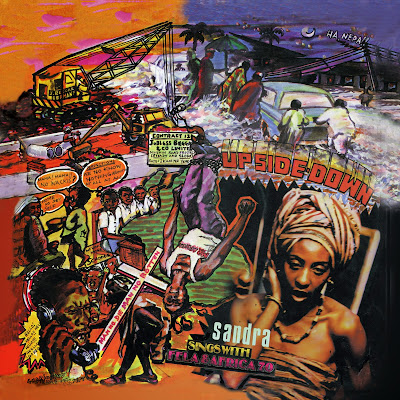
Wikipedia - "A photo booth is a vending machine or modern kiosk that contains an automated, usually coin-operated, camera and film processor. Today the vast majority of photo booths are digital. Traditionally photo booths contain a seat or bench designed to seat the one or two patrons being photographed. The seat is typically surrounded by a curtain of some sort to allow for some privacy and help avoid outside interference during the photo session. Once the payment is made, the photo booth will take a series of photographs (though most modern booths may only take a single photograph and print out a series of identical pictures)."
Wikipedia
Behind the Curtain: A History of the Photobooth by Mark Bloch
Photobooth.net
amazon: American Photobooth, Photobooth by Raynal Pellicer, Photobooth by Babbette Hines
Photobooth: A Biography by Meags Fitzgerald (Graphic novel), vimeo
YouTube: Weekend Explorer: History of the Photo Booth




























